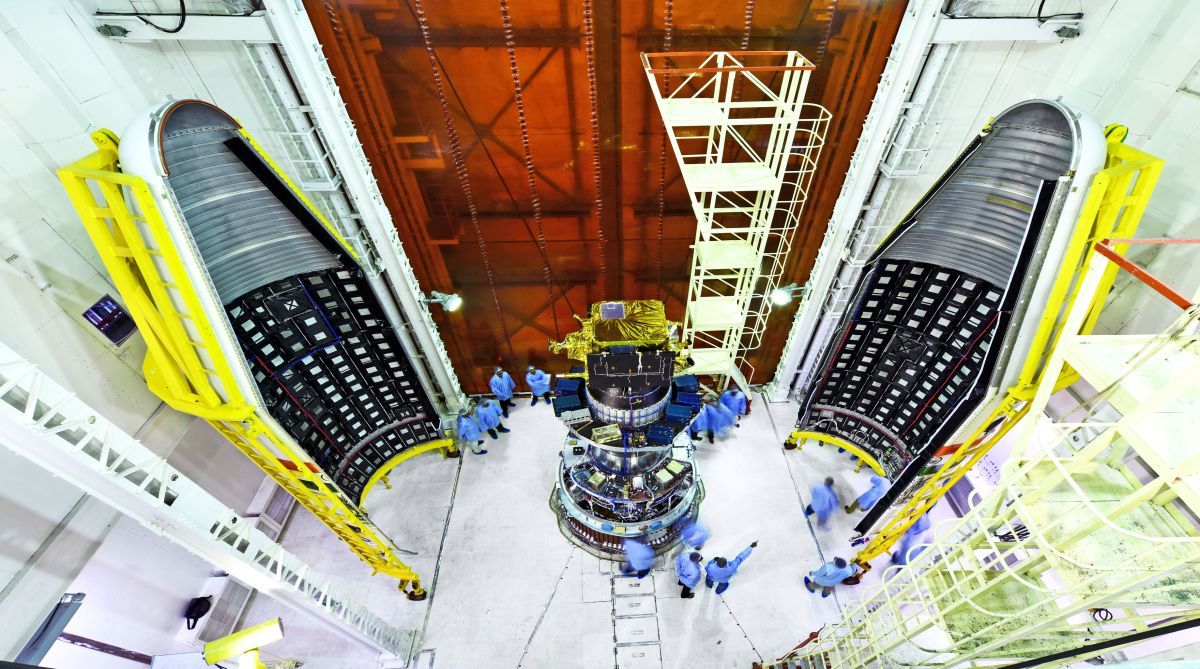The Indian Space Research Organisation has earned yet another feather in its cap last week by placing in orbit the state-of-the-art Hyper Spectral Imaging Satellite (HysIS) and 30 smaller satellites of foreign customers, including the USA, ferried on Polar Satellite Launch Vehicle C-43.
The hyperspectral imaging camera in the satellite can provide well-defined images that can help identify objects on earth far more clearly than regular optical or remote sensing cameras. It will be an eye-in-the-sky to help India watch from space across sectors including defence, agriculture, land use and mineral exploration.
It can also be used to mark out a suspect object or person on the ground and separate it from the background with applications in trans-border infiltration of terrorists. The primary goal of HysIS is to study the earth’s surface in visible, near-infrared and shortwave infrared regions of the electromagnetic spectrum.
What was special about the launch was the kind of manoeuvring performed by scientists at the Master Control Room in Satish Dhawan Space Centre. Seventeen minutes after the lift-off, HyIS was lobbed off at an altitude of 636 km from earth around 27 degree south of the Equator.
The fourth stage engine of the launch vehicle was switched off and brought down to an altitude of 504 km to inject the remaining 30 satellites one by one into space. The foreign customers were happy to see their satellites delivered in pre-determined orbit precisely and safely.
While the PSLV C-43 is no mean achievement, it is sad to see ISRO officials and engineers carting its 5.8 tonne GSTAT-II satellite to Kourou in French Guyana to be launched by the European space agency’s launch vehicle Ariane 5 ECA. GSTAT-II was earlier planned for a 26 May launch.
A few days earlier some snag in the satellite was detected. It was brought back from Kourou to the Bengaluru satellite centre. After rectifying the snag and additional checks, the heavy satellite was taken back to French Guyana for launch in December.
GSTAT-II will play a vital role in providing broadband services across the country. It is part of ISRO’s new High Throughput Satellite (HTS) fleet that will drive the country’s Internet broadband from space to uncovered areas. For a country that successfully carried out the Mars Orbiter Mission in 2014, it is unbecoming to rely on foreign soil to launch its heavier satellites.
Had ISRO operationalised its Geosynchronous Satellite Launch Vehicle programme on a priority basis, India would not have found itself in this situation. We are aware of the trials and tribulations ISRO had gone through in mastering cryogenic technology essential for the GSLV. The first successful experimental flight of the GSLV Mark III carrying a dummy crew module as payload was carried out in 2014. By now ISRO should have acquired the capacity to lift off our heaviest satellites from Indian soil.










